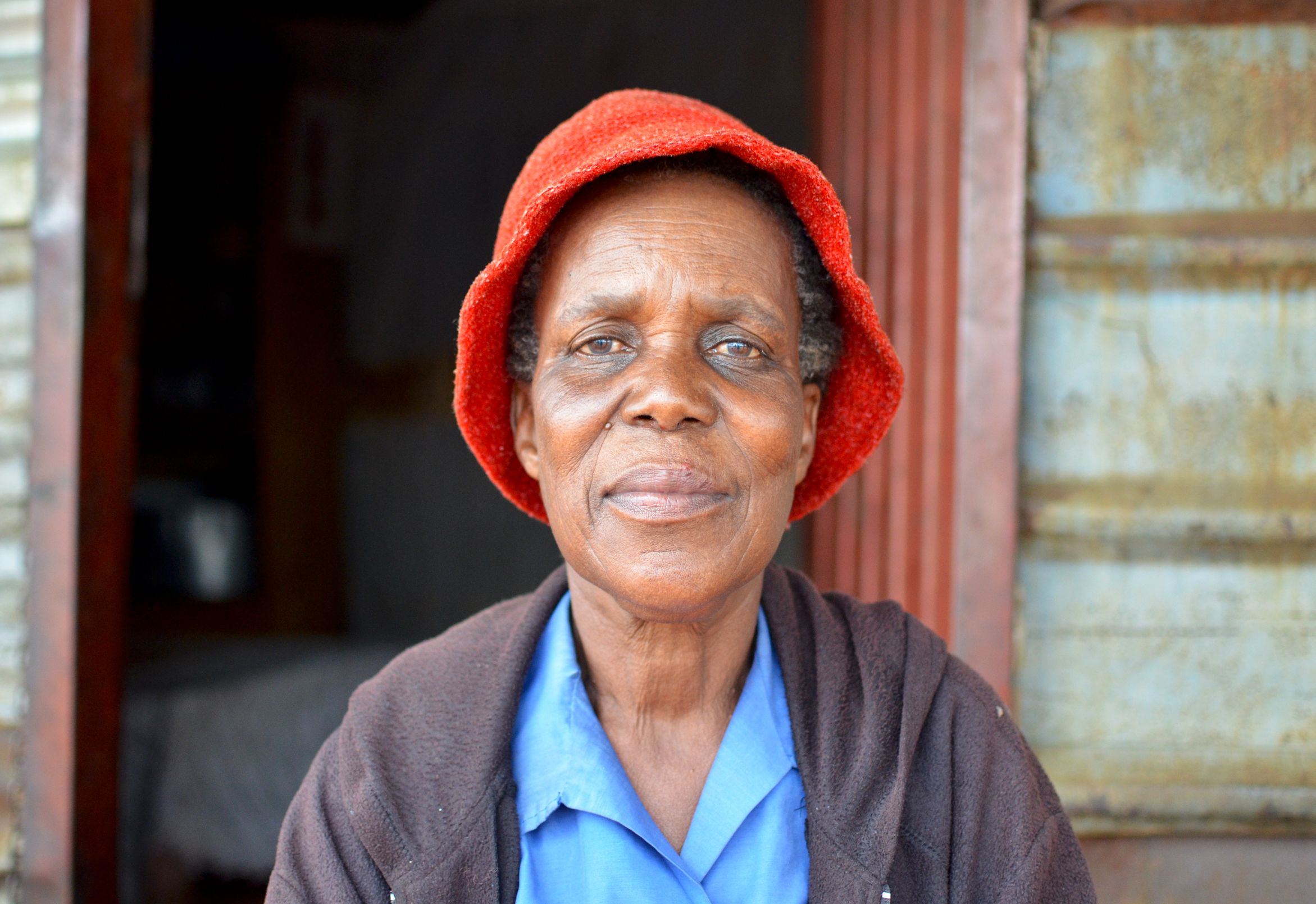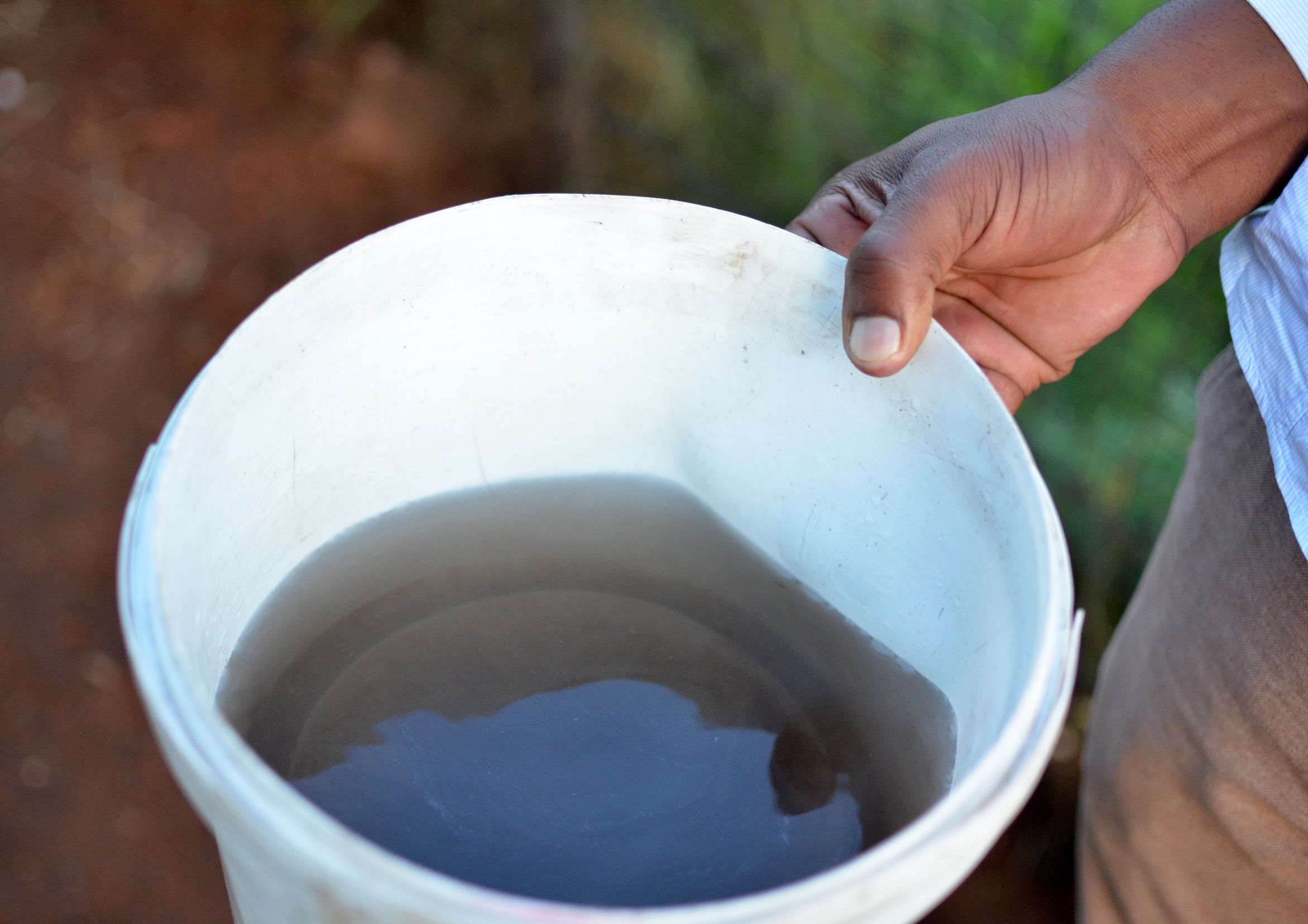JOHANNESBURG — Rebecca Lebeta sat sheltered from the weather under her corrugated metal roof and peered out at the raindrops.
Two days of rain had turned the Masakhane informal settlement’s dirt roads to mud and left a chill in the air.
Lebeta watched the nearby coal-fired Duvha Power Station belch smoke, steam and dust into the air, although her modest home, like those of her neighbours, had no electricity.
A few houses away, a massive coal heap stops just metres from the edge of the settlement near eMalahleni in Mpumalanga.
“When there’s wind, all the area becomes black, even inside our houses,” Lebeta said in siSwati. “Everything turns black.”
Informal settlements like Masakhane have sprung up adjacent to coal mines and coal-fired power stations to house employees and job-seekers.
But after years of promising new homes and service delivery, local and provincial government have been unable to keep up with the surging demand.
Located among numerous coal mines, a power station and the highly polluted Olifants River, Masakhane’s residents were first promised relocation or upgraded housing in 2014.
In 2015, the government announced that R18 billion had been allocated for helping 15 mining-affected communities around the country, with two-thirds of the funding coming from the government and the remainder from businesses.
Between February and May last year, the Housing Development Agency (HDA) granted six tenders with a combined worth of more than R2million to study informal settlements in need of relocation in the eMalahleni Local Municipality. This came as part of the National Department of Human Settlements’ Mining Towns Programme to revitalise mining towns by upgrading homes, relocating communities and improving service delivery. It is working with the HDA.
In October 2014, Mpumalanga Premier David Mabuza visited several of these communities near eMalahleni, including Masakhane.
“What I see here is not good at all,” he said at the time.
“We will move all of you to a new, beautiful place where you will be like the rest of the South Africans.
“We’ll be taking you to ‘Canaan’ where you will be provided with RDP houses, electricity, water and sanitation,” Mabuza stated.
Several residents of Masakhane said they were promised they would be moved to Klarinet, 15km away.
“The problem is the mine because they always dump here. Even in the morning when we wake up, we cough something black,” Lebeta said, adding how a hospital visit revealed she had contracted tuberculosis.
The community relies on water trucked in by the municipality, and residents displayed their containers filled with water blackened by coal dust.
Locals formerly received rations of low-grade coal to burn in their homes for heating and cooking, but this has been stopped. Residents must now either gather firewood or buy paraffin.
Mabuza had promised to speed up development. “I’ll make your new area beautiful because this government was voted for by you, and you equally deserve to benefit from it.”
But Masakhane is “just the tip of the iceberg” said Robby Mokgalaka, the coal campaign manager for the non-profit groundWork.
“These are issues that are common anywhere on the highveld,” he said. “This is not the way people are supposed to be living.”
In 2015, Mabuza addressed Masakhane again, likening it to living in “pre-1994 South Africa” and saying that land had already been identified for the relocations.
But as more people move to the highveld in search of employment, the housing issue worsens by the year.
While Mabuza said 1700 people lived in Masakhane in 2014, the HDA estimated the population had swollen to 3400 homesteads by early 2016.
The HDA told the Saturday Star the municipality identified priority areas where resettlement of informal settlements was necessary.
“Masakhane informal settlement forms part of the identified settlements as it is located on land that is unsuitable for development.”
The agency is paying a contractor to create a resettlement plan based on studies of the community and that will inform the municipality in potential future relocation plans.
The municipality denies owning the land on which Masakhane sits, claiming it belongs to a local coal mine.
It claims that attempts were made late last year to relocate the community, but residents resisted because they didn’t want to move further from job opportunities.
In a statement, Kingdom Mabuza, the municipal spokesman, said the Mpumalanga government had bought a piece of land near Masakhane on behalf of the municipality.
“After the installation of bulk services, another attempt would be made to relocate them. The eMalahleni Local Municipality is upgrading various sites and new developments, which will provide more than 18000 serviced sites to residents over the next 18 months.”
A resident who asked not to be named because he worked for Eyethu Coal said: “We don’t have enough water. This place is not right for people to stay in because of the dust.”
Koos Pretorius, director of the Federation for a Sustainable Environment, said the industry was not profiting enough to adequately rehabilitate mining areas.
“It’s cheaper to use other sources of energy. It’s just simple, so the price has gone down significantly. It’s down about 40% from the peak, and that obviously has impacts on the coal miners.”
Exported coal fetches more than twice the price of coal sold in the country, according to the Chamber of Mines.
“Supplying Eskom is a very low-margin operation,” Pretorius said. “There’s no money in there for rehab or anything like that from an Eskom price point-of-view.”
The Mining Charter provides guidelines for the industry’s best practices, and a central objective is to “expand the skills base of (historically disadvantaged South Africans) to serve the community”.
The charter includes goals of upgrading housing and converting hostels for mine employees.
Regarding nearby communities, companies should formulate “integrated development plans for communities where mining takes place and for major labour-sending areas”.
However, a 2015 review of the charter by the DMR found that only half the mines had met goals for upgrading hostels to family units and reducing occupancy.
The review also found that development was lacking: “Mining host communities have historically endured a disproportionate negative socio-economic impact from the development of mining
“The data shows that nationally only 36% of mining right-holders have met their set target on mine community development.”
Everyone has the right to housing, says Mokgalaka. “Most of the people there (in Masakhane) are living in shacks.”



